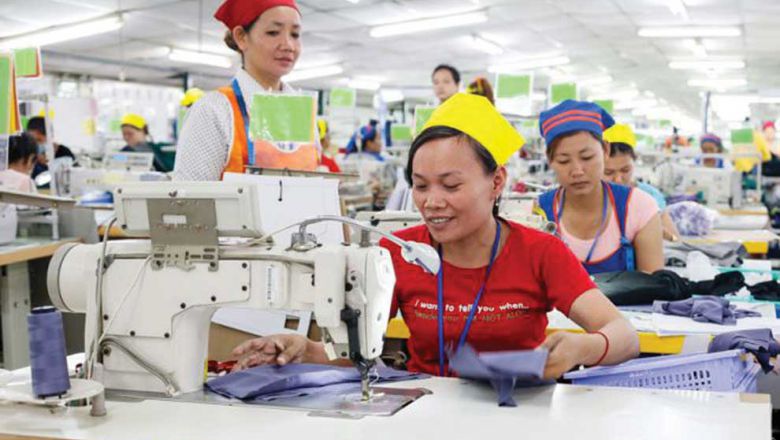KrisEnergy to up investment plans for drawing oil next year
KrisEnergy to up investment plans for drawing oil next year
KrisEnergy plans to produce oil from Cambodia’s offshore Block A oil deposit next year and forecasted an investment of more than $30 million in the country this year, according to its 2017 annual report.
The Singapore-based energy company secured a petroleum licence for Block A from the Cambodian government in August last year, allowing it to pull oil from the 3,083-square-kilometre plot in the Gulf of Thailand.
KrisEnergy holds a 95 percent stake in Cambodia’s Block A, with the Ministry of Economy and Finance holding the remaining 5 percent.
In its annual report, the company projected it would spend $39.4 million in Cambodia this year – more than a third of the company’s total forecasted capital expenditure for the year, and a significant increase over the $3 million spent in the country last year.
“Our financial and operational resources in 2018 and 2019 will be directed towards core Cambodian and Thai assets in the Gulf of Thailand where our oil development projects have shorter cycle times to begin cash flow generation, and mandatory commitment activities as required under our licence agreements,” the annual report says.
In order to finance those investments, KrisEnergy pulled out of projects in Indonesia and Vietnam last year, resulting in a $139.2 million loss – the majority of which was an impairment cost due to the company’s decision to cease participation in its Indonesian Aceh PSC project.
The firm was also looking for a local investment partner according to Tanya Pang, KrisEnergy’s vice president for investor relations and corporate communications, in order to “reduce risk exposure and share in capital expenditure”.
The profitability of Block A will likely depend on the of the deposit, which is the subject of conflicting estimates.
An official at Chevron, which originally had rights to Block A before selling them to KrisEnergy in 2014, estimated in 2008 that the site had up to 700 million barrels of oil, but that number has since been revised down.
The Ministry of Economy and Finance said in August the field likely contained 30 million barrels, while KrisEnergy put the number of extractable oil at less than 10 million in its most recent report.
Pang said last month that the first phase of the project was expected to result in the production of 8.1 million barrels of oil, with subsequent phases estimated to bring in an additional 1.65 million barrels.
The relatively small potential haul raised questions about profitability of the project according to Anthony Galliano, CEO of Cambodian Investment Management.
“Before selling to KrisEnergy, Chevron considered Block A to be a marginal field, mainly due to finding small pockets rather than large reservoirs,” he said in an email, but noted the Singaporean firm may be better placed to exploit such a field.
“KrisEnergy specialises in developing marginal fields by keeping capital costs to a minimum,” he said.
Pang declined to provide a profitability forecast for Block A, while Galliano said it was too early to say whether the project would be profitable.
In addition to the first drop of oil pulled from a Cambodian field, next year is also set to see the completion of the first phase of Cambodia’s inaugural oil refinery, located on a 350-hectare plot of land in Preah Sihanouk province.
The $1.6 billion project was funded and is being constructed primarily by Chinese state-run firms, and it is unclear
if either the refinery or Block A’s oil reserves will benefit Cambodia’s domestic petroleum market.
Cheap Sour, spokesman for the Ministry of Mines and Energy, said that the refinery may help make petroleum cheaper for local buyers.
“We hope that the gasoline price in the country will be better than it is now, as we will have both a local oil refinery and oil production,” he said, adding that revenues from the oil production would go toward development of Cambodia’s infrastructure as well as its education and health sectors.
But according to Pang, crude oil would be sold “under competitive bids”, as was normal practice, and the Cambodian firm overseeing the oil refinery previously told reporters that it had not committed to sending any of its refined products to the Cambodian market.














